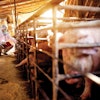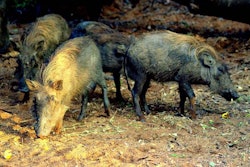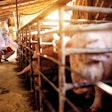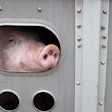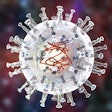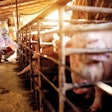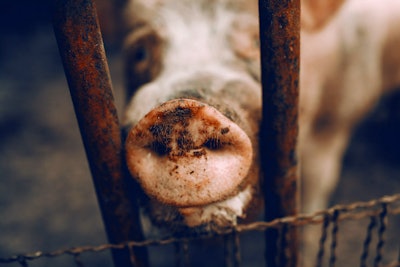
ASF outbreaks also reported among wild boar in South Korea and four European states, new research points to new control method.
First cases of African swine fever (ASF) have been reported in India, according to local media. If confirmed, it would bring the total number of countries in Asia to be infected with the disease to 14.
Around 3,000 pigs have died in six districts in the northeastern state of Assam, reports The Hindu. Presence of the virus was confirmed by the National Institute for High Security Animal Diseases (NIHSAD) in Bhopal. Farmers in other states are being warned not to bring in pigs, feeds or other supplies from infected areas.
Putting the number of animals that have died at 2,500 in 306 villages, Economic Times reports that authorities have not ordered an immediate cull of pigs in the area. Instead, the Assam government has opted for “an alternative option” to control the spread of the disease. This will involve testing all pigs within a one-kilometer radius of a known outbreak, and culling only those animals that test positive for the ASF virus. There are estimated to be around 3 million pigs in Assam.
ASF may have been present in Assam since February, according to Indian Express. That is when the mortality of pigs in the area was first observed.
Transfer of the ASF virus into India through the wild pig population is a possibility. However, Indian officials suggest that the infection more likely entered the country through Tibet, and across the border state of Arunachal Pradesh into Assam, India’s most populous state for pigs. NIHSAD has confirmed the presence of the ASF virus has been detected in Arunachal Pradesh, where around 1,000 pigs have died.
Timing of the ASF outbreak is particularly unfortunate, with India on a strict lockdown to control the novel coronavirus (COVID-19). Pig production is carried out by already hard-pressed young farmers, and Assam had been identified as a spearhead a drive to promote Indian pork exports.
African swine fever situation elsewhere in Asia
Over the past week, South Korea’s agriculture ministry has informed the World Organisation for Animal Health (OIE) of a further 19 new ASF cases. All these were wild boar found in the border area with North Korea.
According to Yonhap, 604 wild boar have now succumbed to ASF in South Korea since September of last year. With the most recent ASF cases on farms confirmed in October of last year, more than 400,000 domestic pigs have been culled to prevent the spread of infection.
The same source reports investigations into the source of the ASF virus in South Korea. According to the National Institute for Environmental Research, the virus originated either in Russia or China, and entered South Korea via North Korea.
This week, China’s agriculture ministry announced the lifting of restrictions in Shaanxi province. These had been put in place after an ASF outbreak in Fugu county in Yulin city region on April 11. Affected animals were culled, and the area was cleaned and disinfected. Enhanced surveillance revealed no new cases over the following 21 days.
ASF outbreaks in European wild boar
Up to May 3, the European Commission (EC) had recorded 5,607 confirmed ASF cases among Europe’s wild boar population so far this year. This represents an increase of 490 from the previous week’s total.
At 2,267 and 2,192, respectively, Poland and Hungary have reported the highest number of infected animals since the start of 2020. The Hungarian total has risen by 254 from the previous week, and Poland’s by 109.
Other countries that have reported significant numbers of ASF-infected wild boar to the EC so far this year are Romania (444 cases), Bulgaria (304), Latvia (103), Slovakia (87), and Lithuania (84).
Over the past week, the country reporting the highest number of ASF cases in wild boar to the OIE was Hungary with 223 new cases. Russia, Latvia, and Moldova also reported a few cases from their respective wild populations.
No new ASF cases on Europe’s pig farms
While no European countries have reported new outbreaks on ASF in domestic pigs to the OIE over the past week, the total recorded by the EC increased by nine, all in Romania. These bring the total farm and backyard outbreaks of ASF in Europe to 253 so far this year. From this source, by far worst affected has been Romania with 226 outbreaks.
ASF study explores eradication
Culling of animals and rapid removal of their carcasses are key to the successful eradication of ASF in wild boar. Not only are there large populations in Europe, these animals represent a real threat of spreading the infection to domestic pigs.
These are the highlights of the latest research at Scotland’s Heriot-Watt University and Spanish collaborators. Together, they developed a mathematical model for the transmission of the disease.
“A combination of culling and the removal of infected carcasses is the most effective way to eradicate the virus without also eradicating the host population,” said Professor Andy White.
He stressed the need for early intervention to achieve eradication. This could prevent ASF from fully establishing in a wild boar population, reducing infection levels without decimating wild herds.
View our continuing coverage of the global African swine fever situation.
